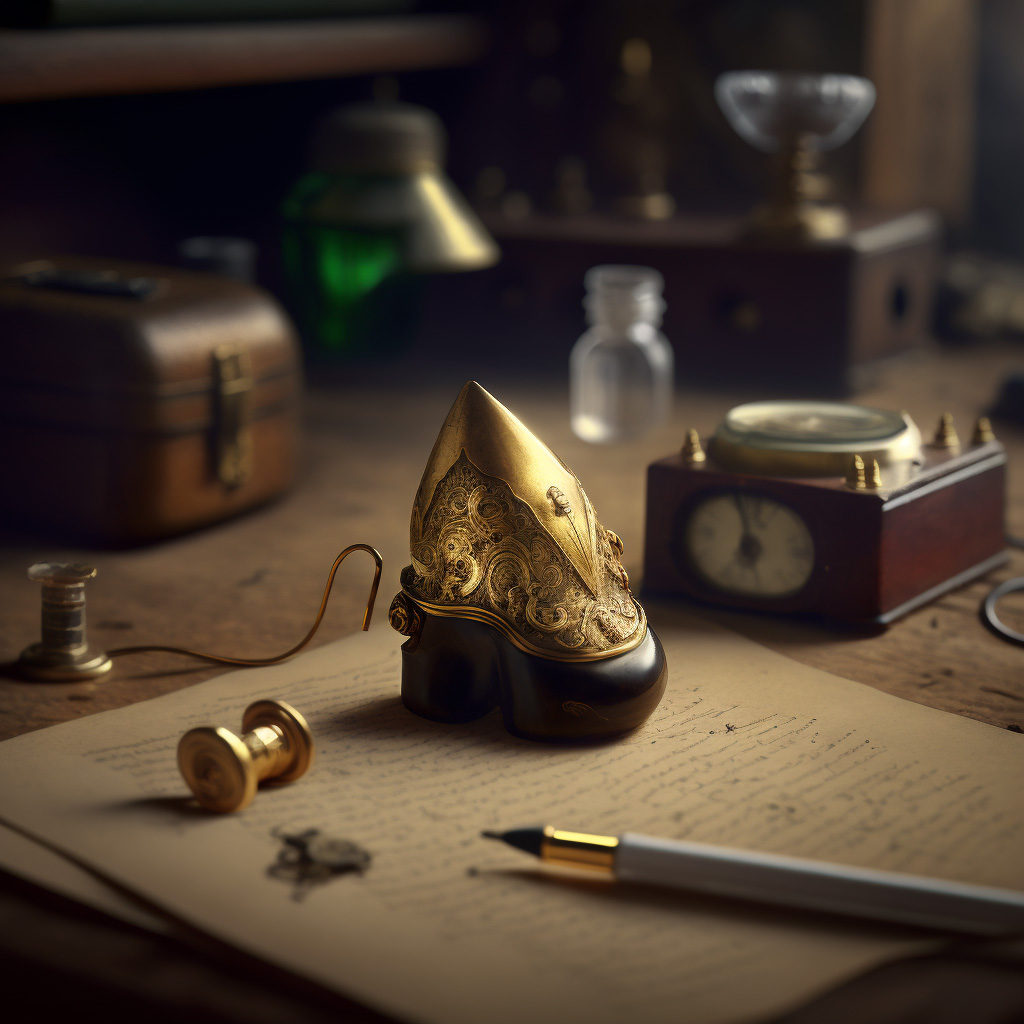
Hey there, fellow creators and steampunk aficionados! If you’ve perused my works, particularly The Adventures of Bodacious Creed trilogy, you know I have a penchant for mixing the Wild West with the riveting gears and gadgets of steampunk. But weaving historical accuracy and the clockwork advancements present in the steampunk genre is tricky. Let’s dive into the challenges and discuss how to intertwine the past with some steam-powered sci-fi flair, and explore the vagaries of blending history and steampunk.
What’s the point of combining History and Steampunk?
Steampunk is a subgenre of science fiction that revolves around steam-powered machinery. It is usually set in an alternate history, often the 19th century, and features advanced technology based on the steam power of the era. The history of the time creates a rich backdrop for the innovations and evokes a sense of nostalgia while allowing for surprising differences.
The Stakes and Gears: Historical Accuracy vs. Steampunk Technology
Knowing Your History
An authentic steampunk narrative demands a well-researched historical foundation. If you’re going to make historical changes, it’s good to know what you’re changing. Chances are, you’ll find a lot of history to incorporate in your stories. For example, I read a ton about San Francisco in the mid-to-late 19th Century before writing the second and third Bodacious Creed novels.
Dive into the social norms, clothing, politics, events, and speech of the era you are focusing on. The aim is to transport your readers back in time before while introducing the gadgets, and changes, that make your steampunk world unique.
 Altering Historical Events
Altering Historical Events
One of the intriguing aspects of steampunk is how it allows us to play with the past. Imagine altering historical events thanks to steampunk technology. The key is to consider how the technology could plausibly change outcomes and shape society differently.
How much can you get away with? Well, how much different are various timelines in the Marvel Cinematic Universe? You can change a lot, but you need to know why things are different.
Characters Ground the Narrative
Characters serve as the bridge between the real and the reimagined. Crafting characters that embody the ethos of the era (whichever era you choose), while seamlessly interacting with steampunk elements, is critical. Your characters should not only reflect the historical setting but feel like real people, with genuine issues. Ground the story with realism, and the fantastical elements will become more believable.
Understand The Fantastical Elements
While steampunk has elements of whimsy, my world, the Creedverse, is rooted in science fiction. Yours may have fantasy elements. You should have a good idea of how the new technology works.
Be Aware of Historical and Modern Sensibilities
 Altering history should be done with care. The past has its dark moments, and the way people thought and talked in past decades and centuries can seem antiquated to modern readers. You can write about the past with sensitivity. Part of the trick is to use modern words as a narrator, when antiquated words would seem racist or otherwise insensitive. However, characters can speak how they did back then. You are not the characters. You’re the author, and you can show how people thought in the past, even if they were wrong.
Altering history should be done with care. The past has its dark moments, and the way people thought and talked in past decades and centuries can seem antiquated to modern readers. You can write about the past with sensitivity. Part of the trick is to use modern words as a narrator, when antiquated words would seem racist or otherwise insensitive. However, characters can speak how they did back then. You are not the characters. You’re the author, and you can show how people thought in the past, even if they were wrong.
Fine-Tuning The Steam Engine
Merging history and steampunk is akin to fine-tuning an intricate steam engine. The gears need to fit. Immerse yourself in historical research, thoughtfully introduce steampunk elements, create characters that are both of the era and forward-thinking, and tread carefully around historical sensitivities. When you’re writing, Google will be your best friend. If you’re not sure if a particular bit of slang was in use, if a certain historical figure was even alive, or if some helpful machine even exists, look it up. (And, if that machine hasn’t been invented… you can say it was there earlier in your world. For example, in mine, business mogul Miles Morgan recruited a young Nikola Tesla, who then invented the light bulb in 1873.)
So, saddle up, authors, and let’s hit the steam-powered trails of history together.
“Science fiction isn’t just thinking about the world out there. It’s also thinking how that world might be.” ~Samuel R. Delaney